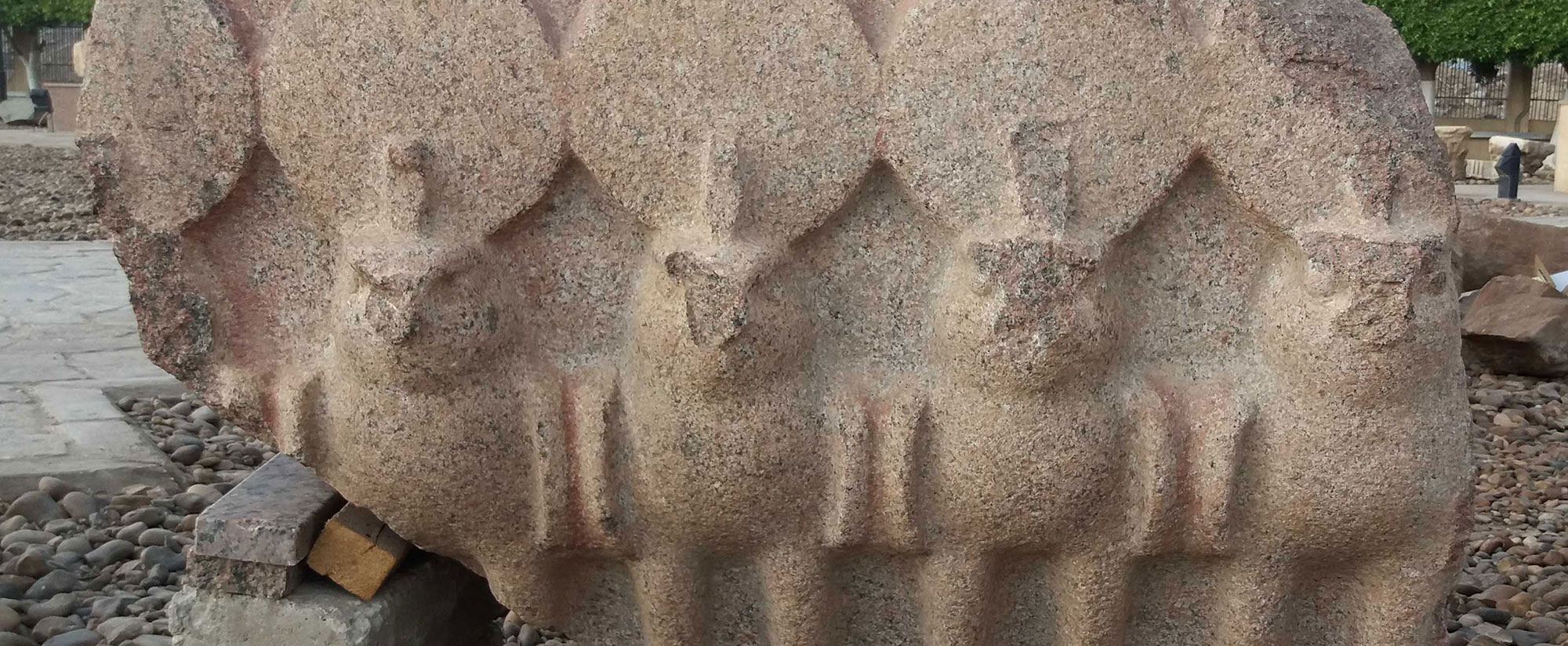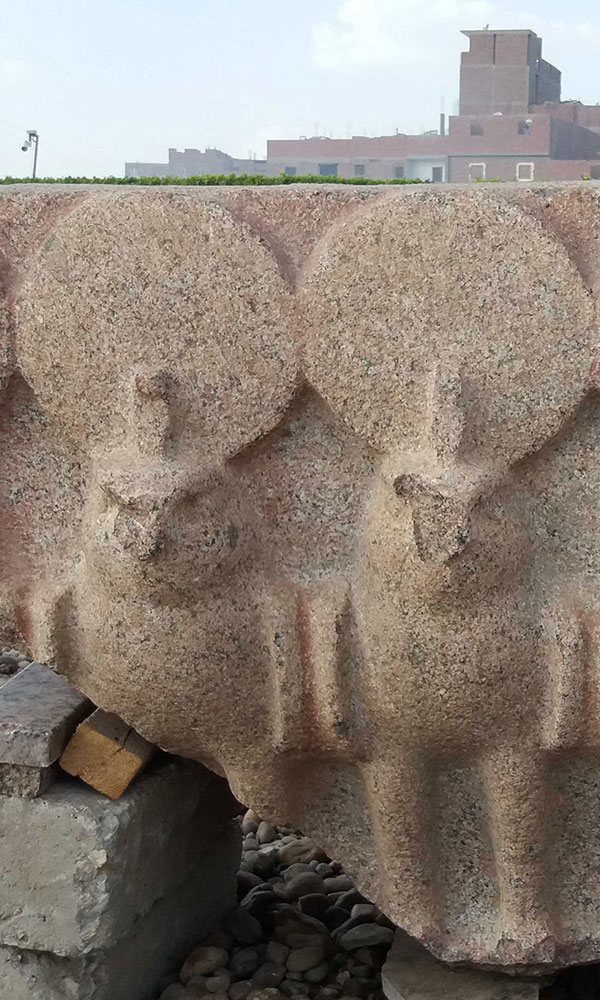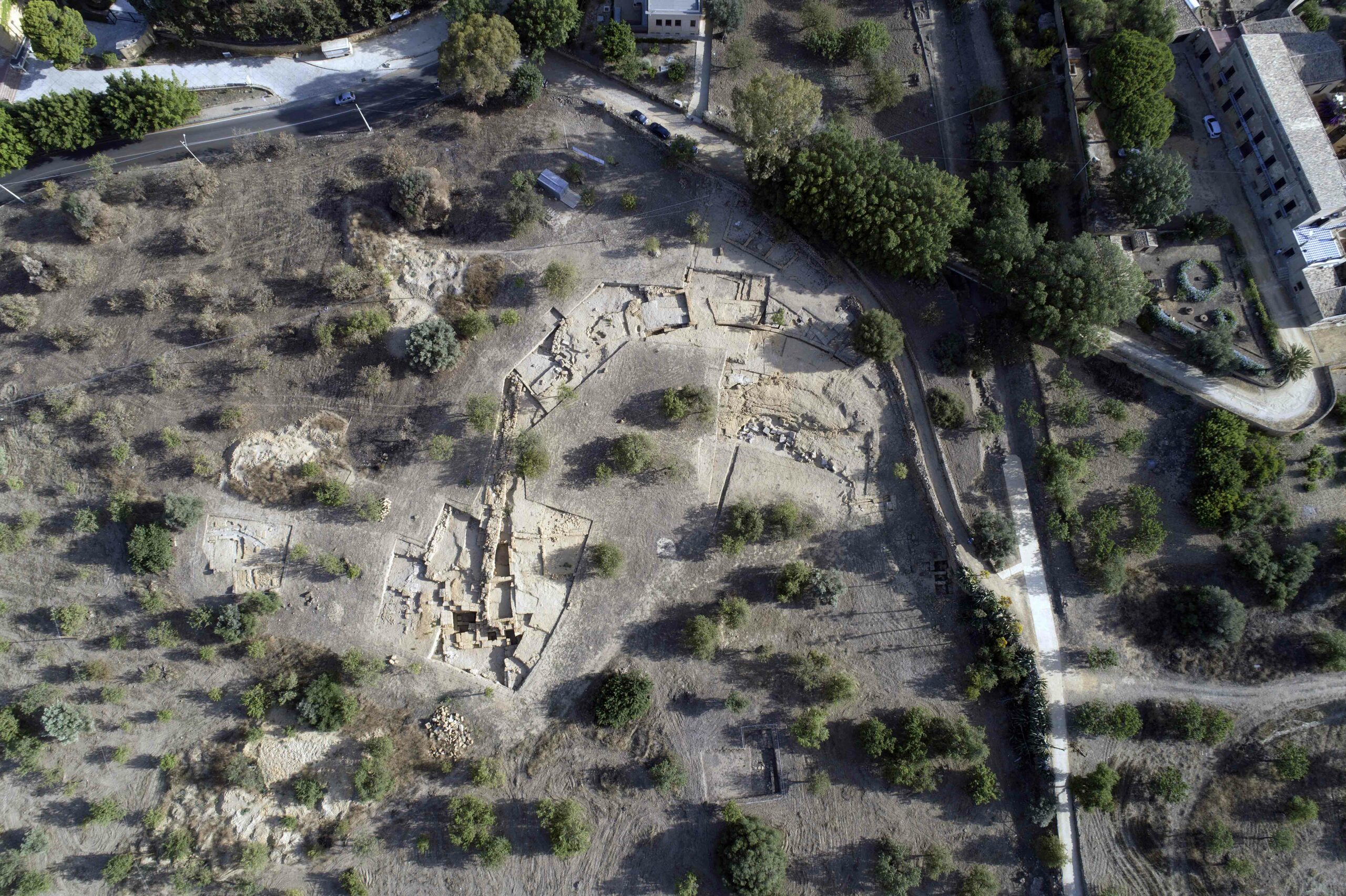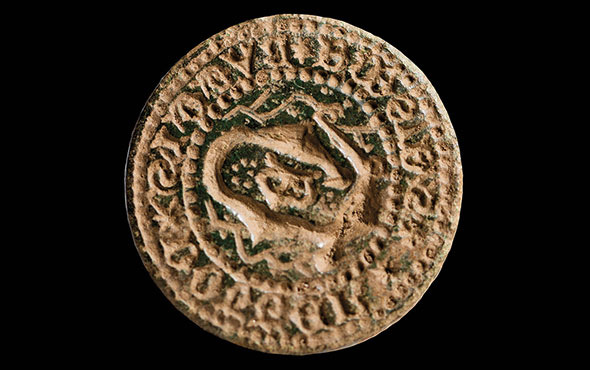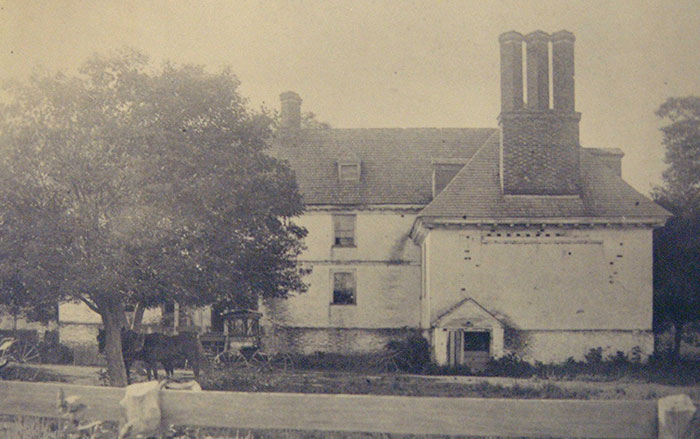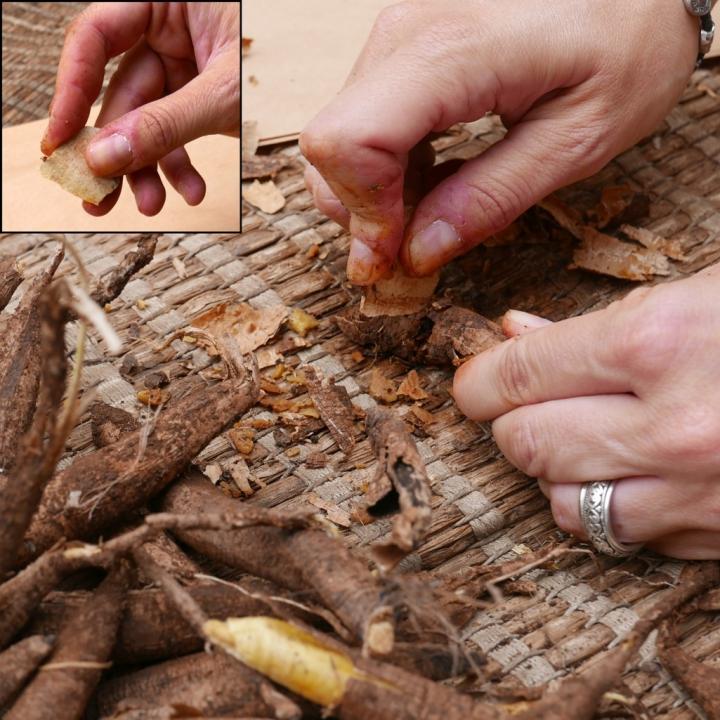
TEL AVIV, ISRAEL—According to a report in The Times of Israel, 400,000-year-old bits of flint once thought to have been byproducts of the toolmaking process may have instead been knapped by modern human relatives for specific purposes. The 609 flakes were found three distinct areas of central Israel’s Qesem Cave. Ran Barkai of Tel Aviv University and his colleagues used Fourier transform infrared spectroscopy and scanning electron microscopy coupled with energy dispersive X-ray spectroscopy to perform chemical analyses of the items and examine their edges. The researchers were able to determine that the cutting surfaces had been used to butcher animals and process tubers, hides, and bones. They also found that at least one in 10 had been refashioned. Flavia Venditti of Tel Aviv University said the study suggests the tiny tools were used in conjunction with other tools, indicating that the people who lived in the Lower Paleolithic Levant created and employed a more diversified toolkit than had been previously thought. The distribution of the tools in the cave suggests different tasks were performed in different areas, Barkai added. For more on archaeology in the region, go to “Letter from the Dead Sea: Life in a Busy Oasis.”






